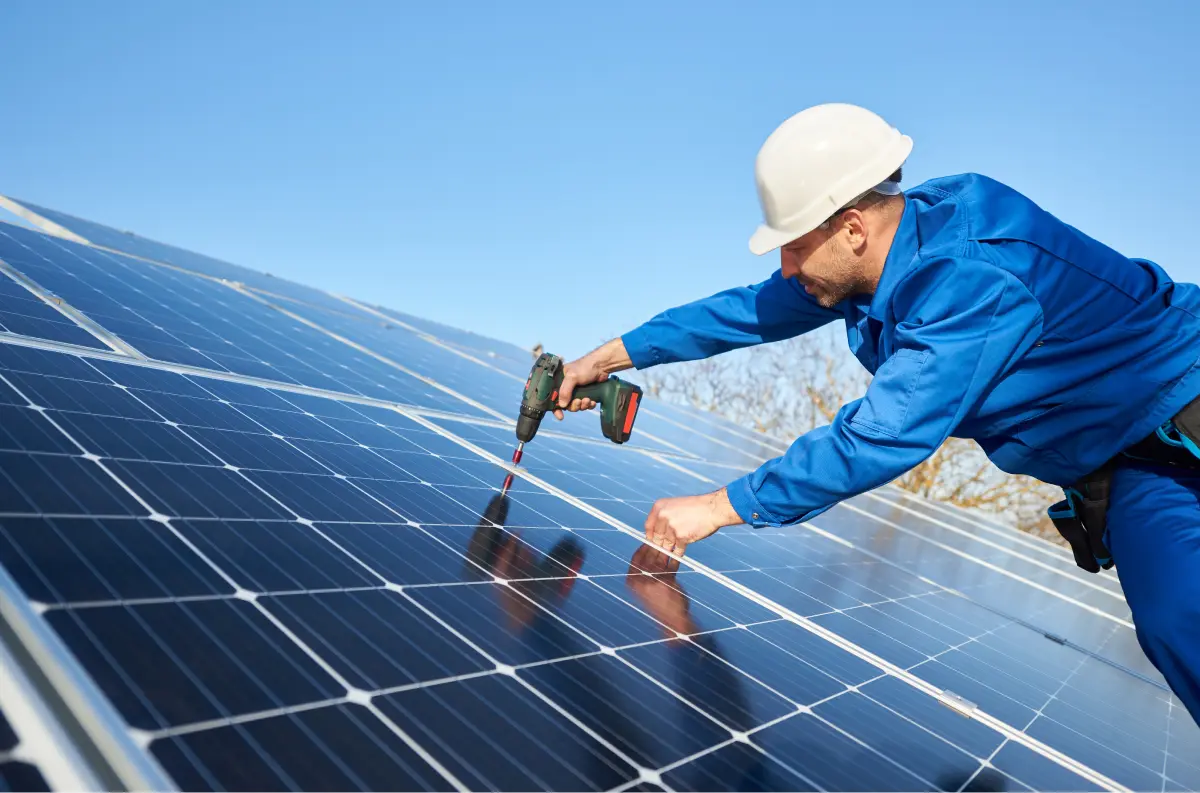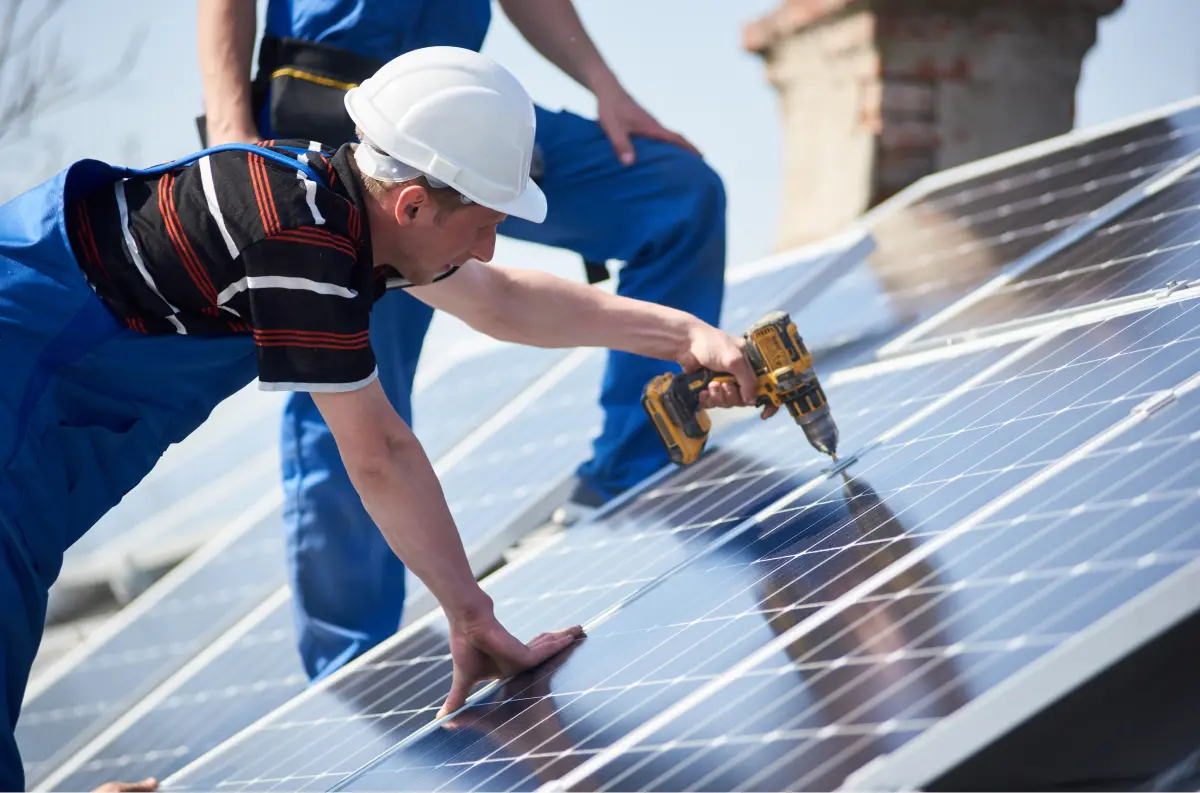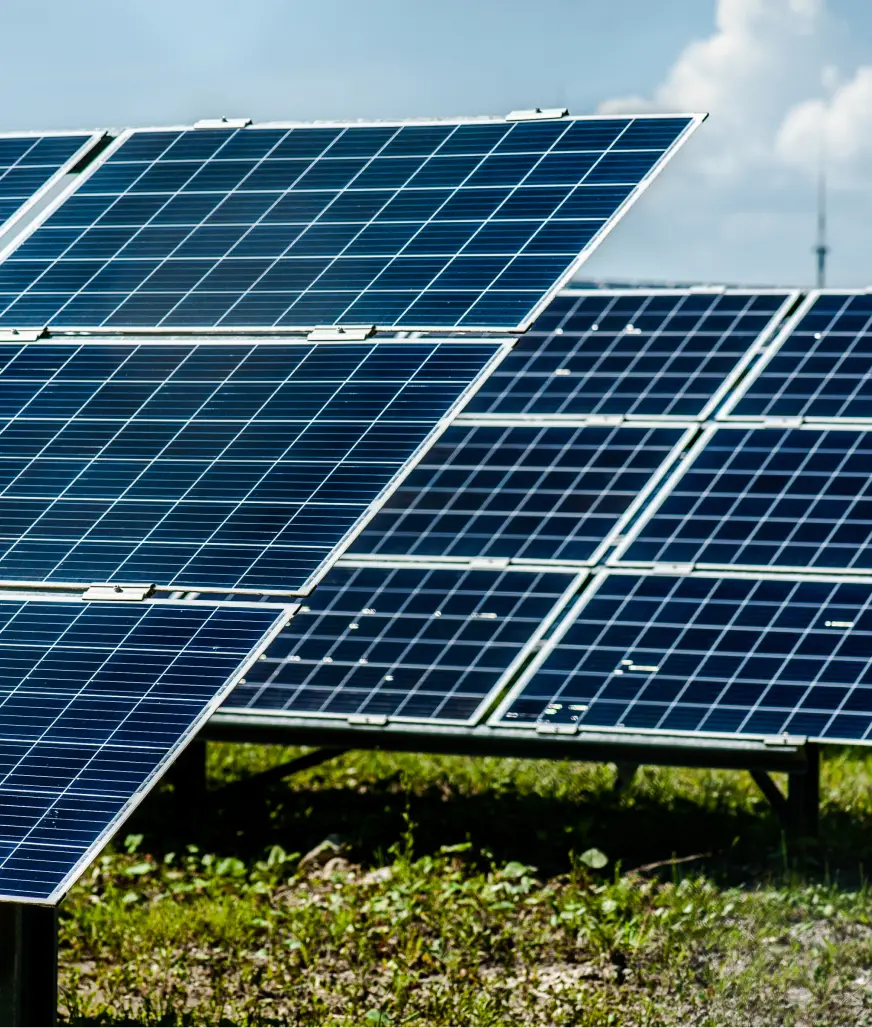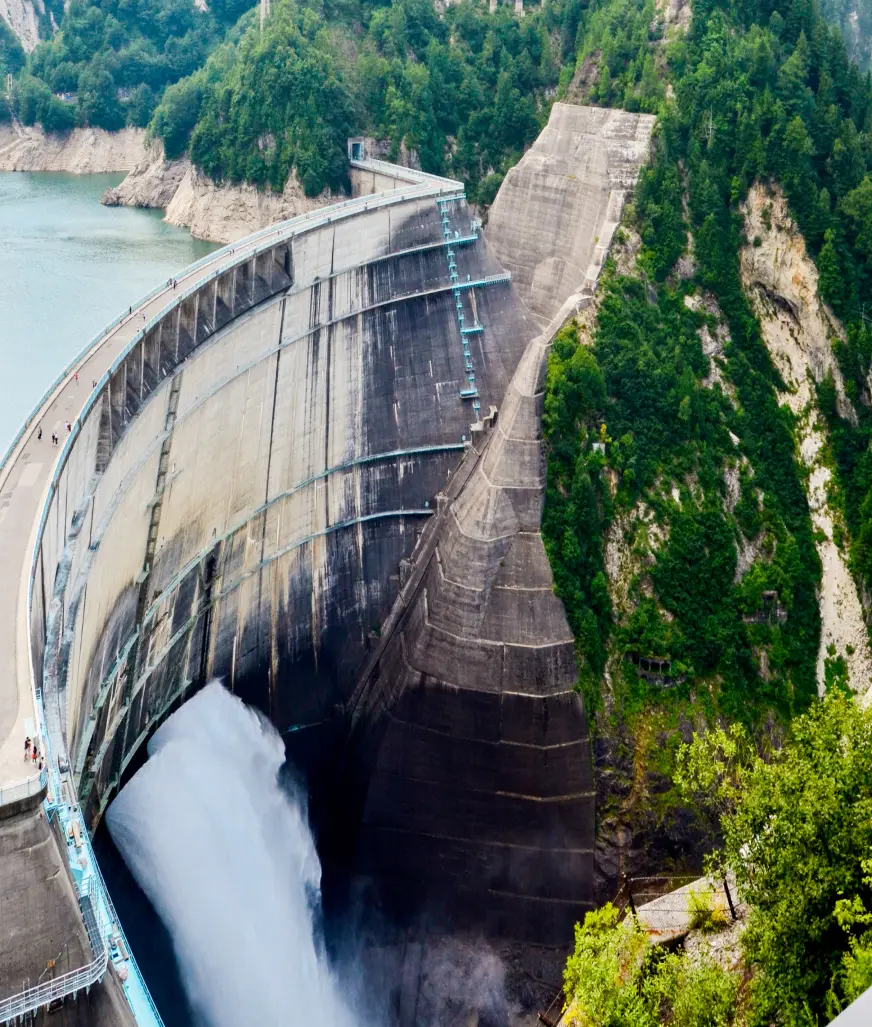
Solar installation refers to the process of setting up solar power systems, which convert sunlight into electricity for residential, commercial, or industrial use. The installation involves several key steps, from initial assessment and design to the final connection and maintenance. Solar installations can include photovoltaic (PV) systems for generating electricity and solar thermal systems for heating water or air.
Initial Assessment and Evaluation
A thorough evaluation of the site is conducted to assess its suitability for solar installation. Factors such as roof orientation, tilt, shading, and available space are considered.
System Design
An energy audit is performed to determine the current energy consumption and the potential savings from solar power. Selection of components such as solar panels and batteries.
Permitting and Approvals
Ensuring the installation complies with local building codes, zoning laws, and utility regulations. Submitting necessary permits and applications to local authorities and utilities. This process can vary significantly by location.
Mounting Structures
Submitting necessary permits and applications to local authorities and utilities. This process can vary significantly by location. Installation of mounting structures on the roof or ground to support the solar panels.
Solar installation is a practical and sustainable solution for reducing energy costs and environmental impact. With the right planning, design, and execution, solar systems can provide reliable, clean energy for residential and industrial applications. Despite the initial investment and potential challenges, the long-term benefits of solar power make it a worthwhile endeavor for those looking to harness renewable energy.





